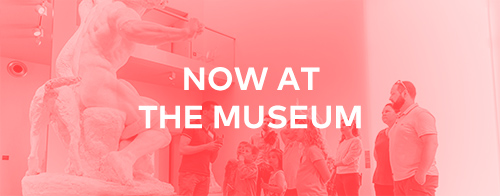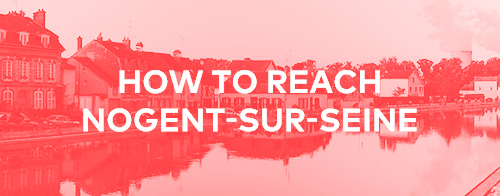1876 – 1881: An early vocation discovered and encouraged by Alfred Boucher
It is in Nogent-sur-Seine that young Camille first becomes fascinated in modelling and receives her first lessons by the sculptor Alfred Boucher, moved by her precocious talent. This encounter would prove decisive for her future.
Installation in Nogent-sur-Seine
In the autumn of 1876, Louis-Prosper Claudel is promoted to registrar of mortgages in Nogent-sur-Seine. The couple and their three children move for three years to a fine townhouse dating from the 18th century, today extending out like a prow at the museum entrance.
Camille, Louise and Paul are aged 12, 10 and 8, respectively. Their education is entrusted to a private tutor, Monsieur Colin, who would manage to provide them with a solid formal education.
“Between grammar, arithmetic or history lessons, this studio [the family house] is the centre of general activity. With the help of her younger sister and her young brother, […] Mademoiselle Claudel reigns sovereign. Under her direction, and while she feverishly twists her lumps, one person beats the clay for modelling, a second mixes the plaster, a third poses as a model…” (...)“At this time, she has yet to take a single drawing or modelling lesson. Her only concept of the naked body is that provided by her écorché, and a few engravings from old books. No matter, with a wonderful enterprising spirit, she creates naked forms that seem most credible to her […] Everything she reads inspires sculptural motifs.”
(Mathias Morhardt, « Mademoiselle Camille Claudel », in Mercure de France, Paris, 1898).
It is in Nogent that she models her first earthen figurines: David and Goliath, Bismarck and Napoleon (lost works).
Decisive encounter with Alfred Boucher
At the age of twelve, Camille Claudel demonstrates a remarkable gift for sculpture. Her father, troubled by this vocation evident at such an early age, seeks the advice – most likely through his children’s tutor – of the sculptor Alfred Boucher, who regularly visits his parents still residing in Nogent-sur-Seine. Alfred Boucher is the first to detect her talents, teaching her the rudiments of sculpture and lavishing her with advice. Just recently awarded second prize in sculpture for the Prix de Rome bursary in 1876, Boucher’s judgement carries great weight with Louis-Prosper Claudel. This meeting would prove decisive for the future of the young girl fiercely determined to become a sculptor.
Eugénie Plé, the Claudels’ old servant, remembers :
“Alfred Boucher advising Camille […] to move to the capital"
(Yves Lacasse, Claudel : les œuvres de jeunesse, in the catalogue for the exhibition Claudel – Rodin, p. 22).
But the young girl’s vocation brings her parents into conflict: a female sculptor is a challenging concept in this late 19th century, when a woman must choose between either marriage or a career resulting in solitude and a renunciation of her sexuality.



